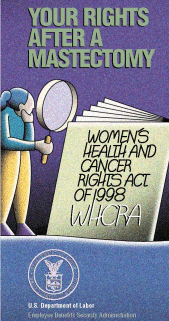 The question below is answered by Charleston breast surgeon Dr. Richard M. Kline, Jr., of The Center for Natural Breast Reconstruction.
The question below is answered by Charleston breast surgeon Dr. Richard M. Kline, Jr., of The Center for Natural Breast Reconstruction.
Because of failed implant / expander surgery (3rd degree burn damage) from radiation, I underwent a second reconstruction procedure with DIEP flaps earlier this year and a revision three months later. I have not yet had my nipples created. There is still about a cup size difference in my breasts as well as a hollow part of the cancerous breast at the top. Is this still able to be fixed as part of reconstruction procedure or do I have to live with this? Currently, I wear a prosthetic to try and even them out but it doesn’t take care of the hollow area.
Sorry to hear about your problem. If I understand you correctly, you had a mastectomy for cancer on one side and a prophylactic mastectomy on the other side, then had radiation to the cancerous side, followed by bilateral DIEP flaps.
A size mismatch in that scenario is fairly common, even when the initial flaps weigh the same, for a number of potential reasons. The cancer surgeons are sometimes more aggressive with their mastectomies on the cancerous side, and the radiation sometimes seems to cause loss of additional tissue volume. Additionally, localized fat necrosis can occur within one or both of the flaps, which would decrease their size.
As you might expect, there is no perfect one-size-fits-all solution for this. The easiest solution might be to lift the flap on the cancer side to fill the hollow part, and then reduce the other side to match. Autologous fat injections to the areas of tissue deficiency are sometimes surprisingly effective and long-lasting, even in the face of radiation, but there is no way to tell if the fat will survive without just going ahead and trying it.
We have significant experience using the excess skin and fat, which many people have beneath their armpit to augment the upper / outer areas of the breast mound, using this tissue as a flap based on the 5th intercostal artery. This technique often carries the added benefit of lifting and rounding the breast mound. While we are not fans of using implants in the face of radiation, the presence of a healthy flap sometimes means a small implant to make up the size difference will be better tolerated. As a last resort, another perforator flap from another donor site could be added to the first flap, but we have rarely found this to be necessary.
I would advise you against having your nipple reconstructions until you are satisfied with the state of the breast mounds, because significant later work on the breast mounds may change the nipple position or orientation.
-Richard M. Kline, Jr. M.D.
Would you like your breast reconstruction question answered? Just ask us!







